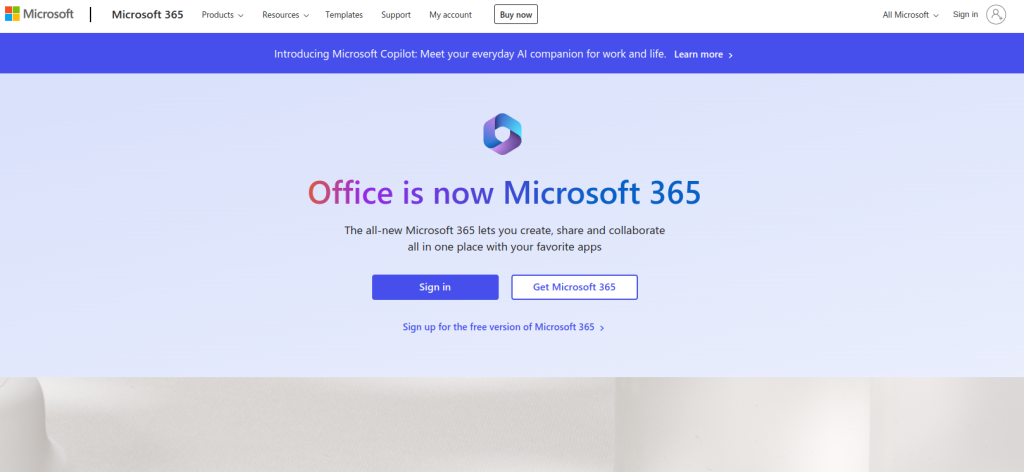In today’s digital workplace, online office suites have become essential tools for productivity and collaboration. Two of the most popular options are Google Workspace and Microsoft 365.


Both offer a range of features for document creation, editing, and sharing. This article looks only at the document processing capabilities of both these products.
Overview
Microsoft 365 is the web-based version of the traditional Microsoft Office suite, while Google Workspace is a cloud-native solution that includes user management as well as document processing tools like Google Docs, Google Sheets and more.Â
If you are using a Gmail account or have a Google account, then you already have these document processing apps available to you for free with 15 GB Google Drive free storage and they don’t come under the Google Workspace plans.
If you are using Outlook or have a Microsoft account, then Microsoft 365 apps are already available to you for free along with 5 GB OneDrive free storage.
Detailed Comparison
Here’s a comprehensive table comparing document editing related aspects of Microsoft 365 and Google Workspace, including their pros and cons:
| Feature | Microsoft 365 | Google Workspace |
| User Interface | Familiar to desktop Office users; ribbon-style menu | Clean, minimalist design; simpler menu structure |
| Collaboration | Real-time co-authoring; comments and suggestions | Real-time collaboration; robust commenting and suggesting |
| File Compatibility | Excellent compatibility with desktop Office files | Good compatibility, but may have issues with complex Office files |
| Offline Access | Limited offline capabilities | Strong offline support with Chrome browser |
| Integration | Seamless with other Microsoft products (Teams, Outlook, etc.) | Tight integration with Google services (Gmail, Meet, Calendar, etc.) |
| Mobile Apps | Available for iOS and Android | Available for iOS and Android |
| Advanced Features | More advanced formatting and layout options | Simpler feature set, but continuously improving |
| Third-party Add-ons | Limited selection | Wide range of add-ons and extensions |
| File Formats | Native support for Office formats (.docx, .xlsx, .pptx) | Native support for Google formats, good export options |
Weighing Pros and Cons for Microsoft 365:
| Pros | Cons |
| Familiar interface for Office users | Limited offline capabilities |
| Better compatibility with desktop Office files | Fewer collaboration features than Google Workspace |
| Generous storage limits even for basic storage plan (1 TB for Basic) | Some features require a subscription |
| Strong integration with Microsoft ecosystem | Can be sluggish |
Weighing Pros and Cons for Google Workspace:
| Pros | Cons |
| Excellent real-time collaboration | Less storage limits (30 GB for Basic plan) |
| User-friendly interface | Potential compatibility issues with complex Office files |
| Seamless Google services integration | Privacy concerns for some users |
Conclusion
Both Microsoft 365 and Google Workspace offer powerful tools for online document creation and collaboration. The choice between the two often depends on personal preference, existing ecosystem integration, and specific feature requirements.
Microsoft 365 may be the better choice for those deeply ingrained in the Microsoft ecosystem or requiring advanced features closer to the desktop Office experience. Google Workspace, on the other hand, excels in its collaboration capabilities, simplicity, and integration with other Google services. It is also intended as a turn-key solution for businesses that need email and collaboration capabilities as it requires a custom domain.
Ultimately, both suites continue to evolve and improve, narrowing the gap between their feature sets. Many users find value in using both platforms, depending on their specific needs for each project or collaboration.
By weighing these factors against the comparison provided in the table, you can make an informed decision about which online office suite best suits your needs.

[…] OneDrive, Microsoft 365, and Windows. This makes it a compelling choice for users who rely on Microsoft’s suite of tools. […]